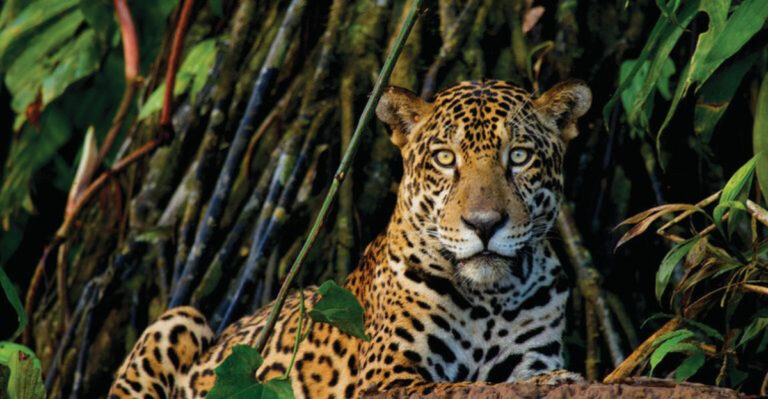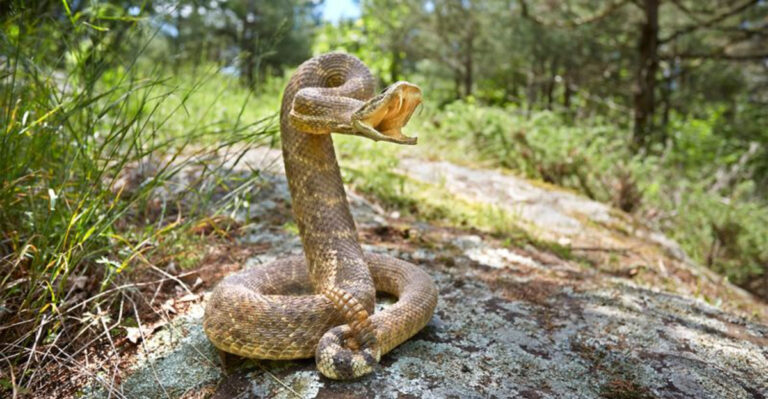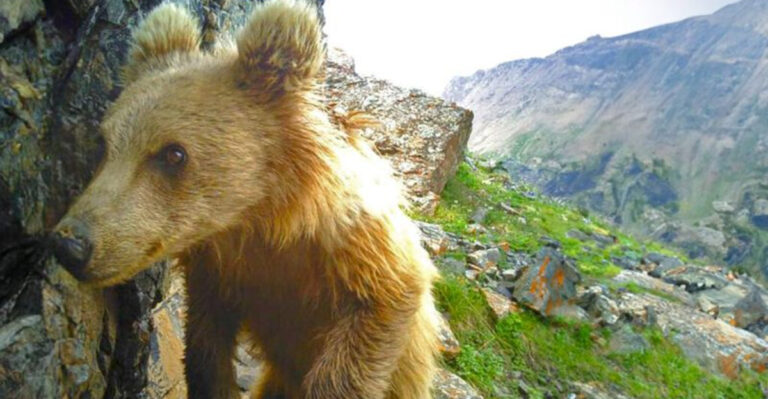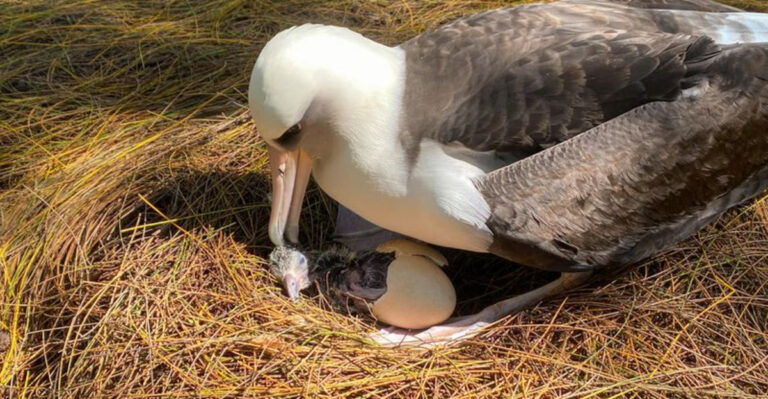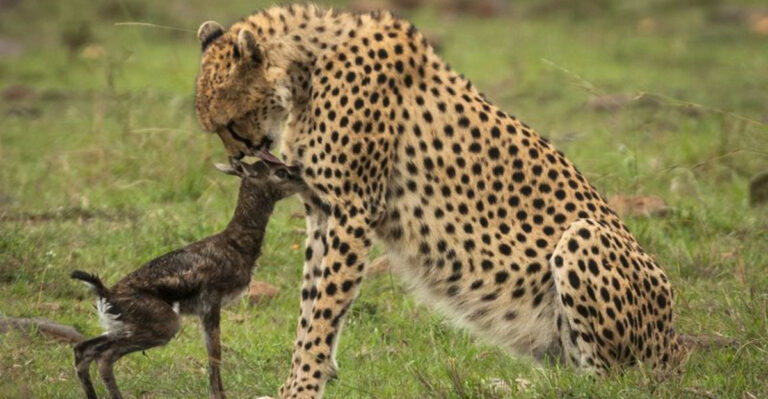Rare Fisher Sighted In Iowa For The First Time In 150 Years
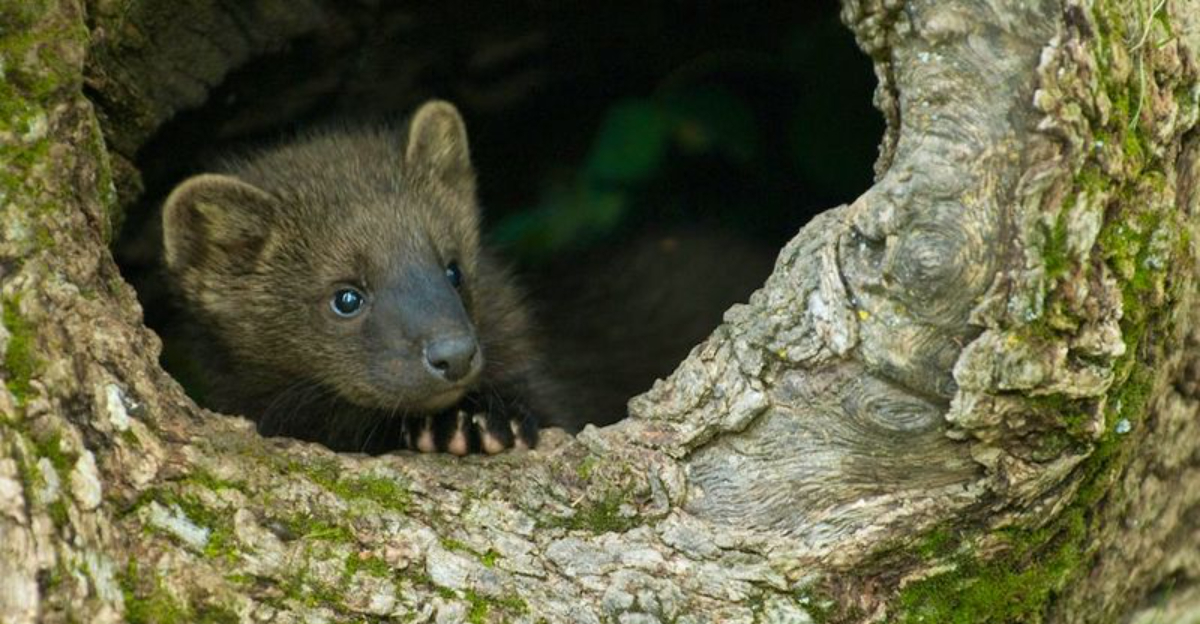
Excitement rippled through Iowa’s wildlife community when a trail camera captured something extraordinary – a fisher, not seen in the state since the 1800s. This elusive member of the weasel family once roamed Iowa’s forests before disappearing due to habitat loss and over-trapping.
The unexpected return of this sleek predator marks a significant milestone for Iowa’s ecosystem and offers hope for wildlife recovery across the Midwest.
Trail Camera Captures Fisher In Allamakee County After 150 Years
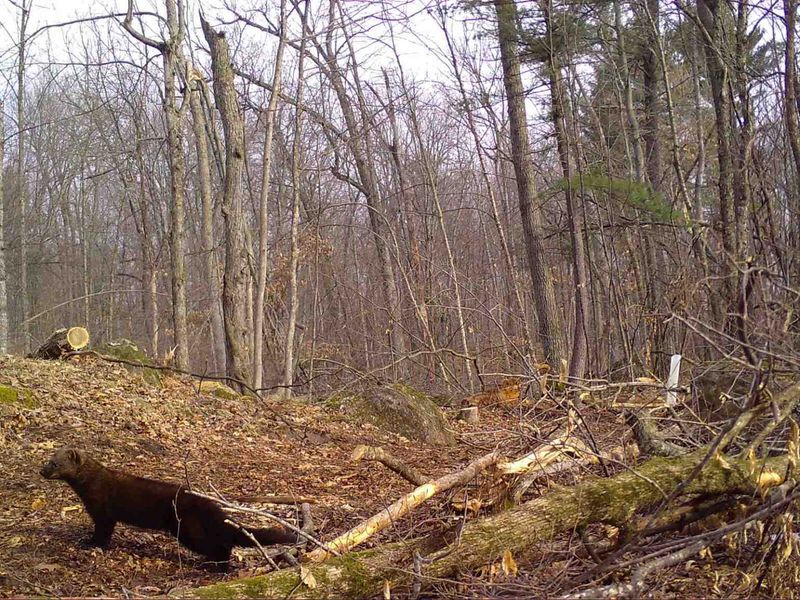
The unexpected moment happened on a chilly autumn morning when a motion-triggered trail camera snapped several frames of a dark, furry creature slinking through the underbrush. Wildlife officials couldn’t believe their eyes!
The images clearly showed a fisher – distinctive in its long body and bushy tail – moving through northeastern Iowa’s woodlands. The camera had been set up by a local conservation volunteer monitoring deer movements.
This chance encounter in Allamakee County’s dense forest represents an extraordinary wildlife comeback story that has biologists rushing to the area to confirm and study this unexpected visitor.
First Confirmed Sighting Since Late 1800s
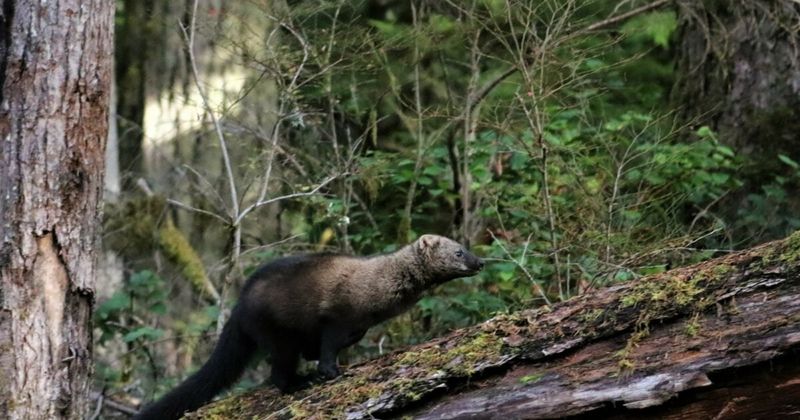
Historical records tell us the last confirmed fisher in Iowa disappeared during the presidency of Grover Cleveland. Back then, trappers prized their luxurious fur, and settlers cleared vast forests for farmland, delivering a one-two punch to fisher populations.
Naturalist journals from the 1870s mention occasional fisher sightings, but by 1880, they had vanished entirely from state wildlife inventories. For generations, Iowans grew up never knowing this native predator had once prowled their woodlands.
Wildlife experts have verified this new sighting through DNA analysis of scat found near the camera location, removing any doubt about this historic return.
Fishers Are Solitary, Weasel-Sized Carnivores
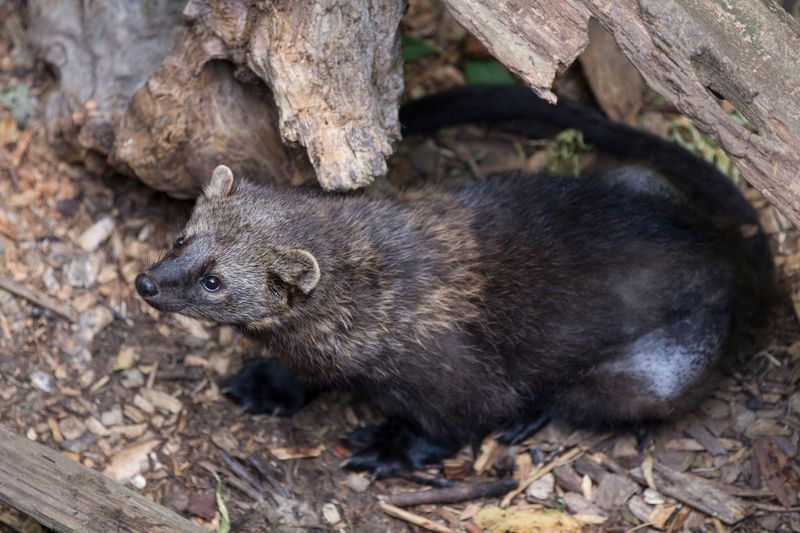
Mysterious and rarely glimpsed, fishers move like shadows through the forest. These chocolate-brown mammals belong to the mustelid family alongside otters, minks, and badgers, though they prefer a much more secretive lifestyle.
Males typically measure about 3 feet long from nose to tail tip, while females run somewhat smaller. Their bodies are perfectly designed for hunting in dense woodland – slender enough to chase prey through tight spaces yet strong enough to take down animals larger than themselves.
Fishers avoid human contact whenever possible, which partly explains why their return went unnoticed until caught on camera.
This Species Weighs 2.5–6 Kg And Climbs Trees To Hunt
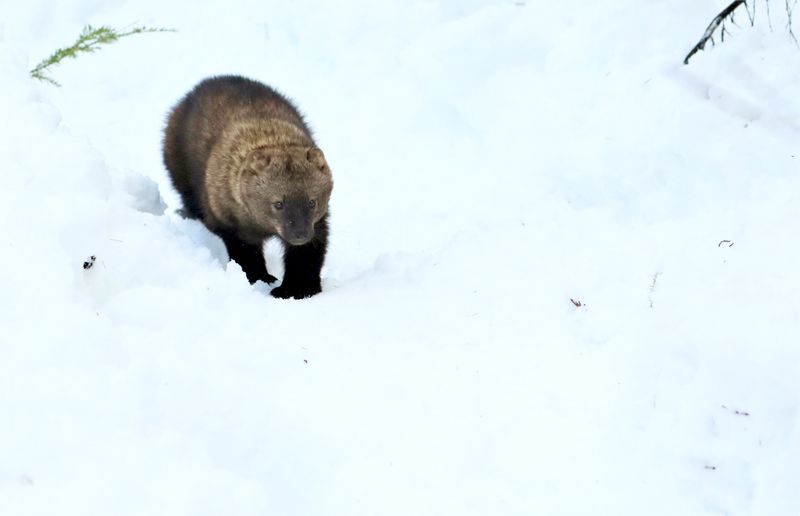
Watching a fisher climb is like seeing a squirrel in a cat’s body. These agile predators can rotate their hind feet nearly 180 degrees, allowing them to descend trees headfirst – a rare skill among mammals their size.
Adult males typically weigh between 8-13 pounds (3.5-6 kg), while females are roughly half that size. Their sharp, partially retractable claws act as perfect climbing hooks in bark.
Fishers hunt both on the ground and in the canopy, giving them access to prey other predators can’t reach. This versatility makes them especially valuable in forest ecosystems where they can control populations at multiple levels of the habitat.
Fishers Known For Hunting Porcupines And Small Mammals
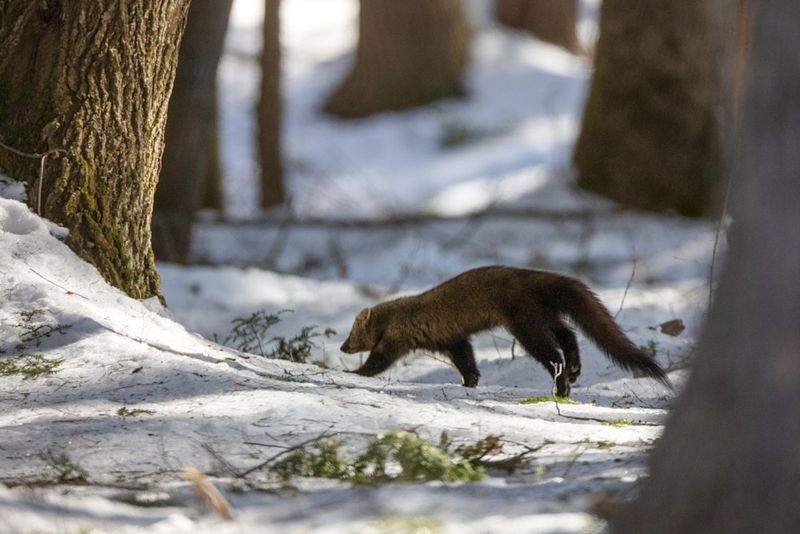
Perhaps the most remarkable talent fishers possess is their ability to prey on porcupines – something few other predators dare attempt. They execute a clever strategy: repeatedly attacking the porcupine’s face while avoiding its quill-covered back.
These woodland hunters also feast on rabbits, squirrels, mice, and even wild turkeys when opportunity strikes. Contrary to their name, fishers rarely catch fish, preferring woodland prey.
Amazingly resourceful, they’ll also munch on berries, mushrooms, and nuts when meat is scarce. Their diverse diet helps them survive seasonal changes and may have contributed to their ability to recolonize Iowa’s recovering forests.
Likely Migrated From Nearby Minnesota Populations
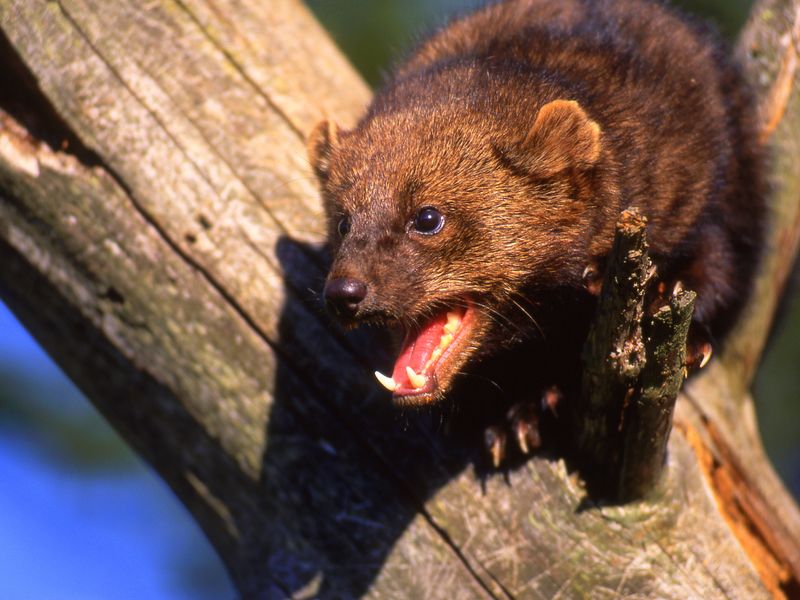
Wildlife biologists believe this pioneering fisher didn’t appear by magic – it likely journeyed south from Minnesota where stable populations have existed for decades. Young male fishers commonly travel up to 60 miles seeking new territory, especially during fall mating season.
Minnesota’s fisher restoration began in the 1950s, gradually expanding southward as forests matured. River corridors along the Mississippi provided perfect highways for wildlife movement, offering cover and food sources during the journey.
Genetic testing on samples from the Iowa fisher might soon reveal exactly which northern population this animal originated from, helping scientists understand wildlife movement patterns across the Midwest.
Their Return Signals Recovery Of Iowa’s Forest Habitats
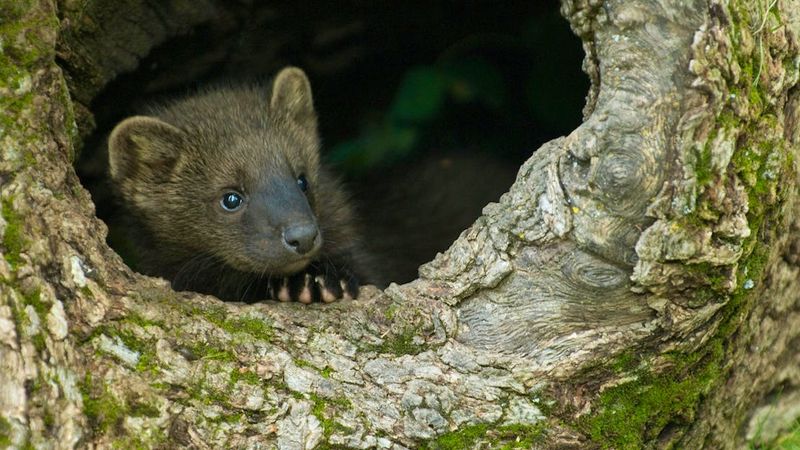
When European settlers arrived in Iowa, nearly 7 million acres of forest covered the state. By 1900, logging and agriculture had reduced that to just 2 million acres, devastating wildlife that needed mature woodlands.
Modern conservation efforts have helped forests rebound. Today’s older woodlands provide crucial habitat features like hollow trees for dens and diverse prey populations that fishers require.
The return of this woodland specialist represents nature’s stamp of approval on Iowa’s forest recovery efforts. Fishers need specific habitat conditions – their presence suggests these northeastern Iowa forests have reached a complexity and maturity not seen in over a century.
Fishers Help Balance Ecosystems By Controlling Rodents
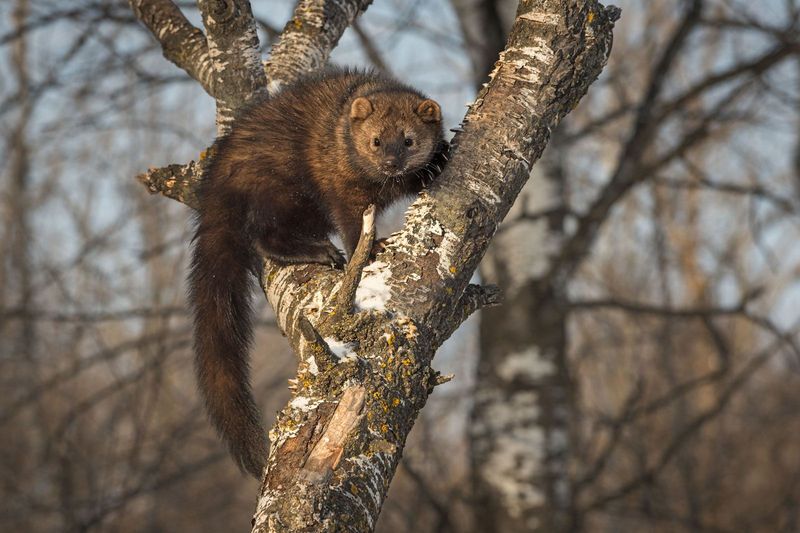
Nature’s perfect pest controllers, fishers keep forest rodent populations in check better than any human intervention could. A single fisher can patrol hundreds of acres, targeting mice, voles, and squirrels that might otherwise damage tree seedlings or spread disease.
Their hunting prowess extends to invasive species too. Fishers readily prey on introduced rats and European rabbits that disrupt native ecosystems.
By controlling these smaller mammals, fishers create ripple effects throughout the food web. Fewer rodents means more tree seeds survive to germination, potentially accelerating forest regeneration. Their return to Iowa represents the restoration of a missing ecological link that had been absent for generations.
Not Federally Endangered, But State Conservation Is Encouraging
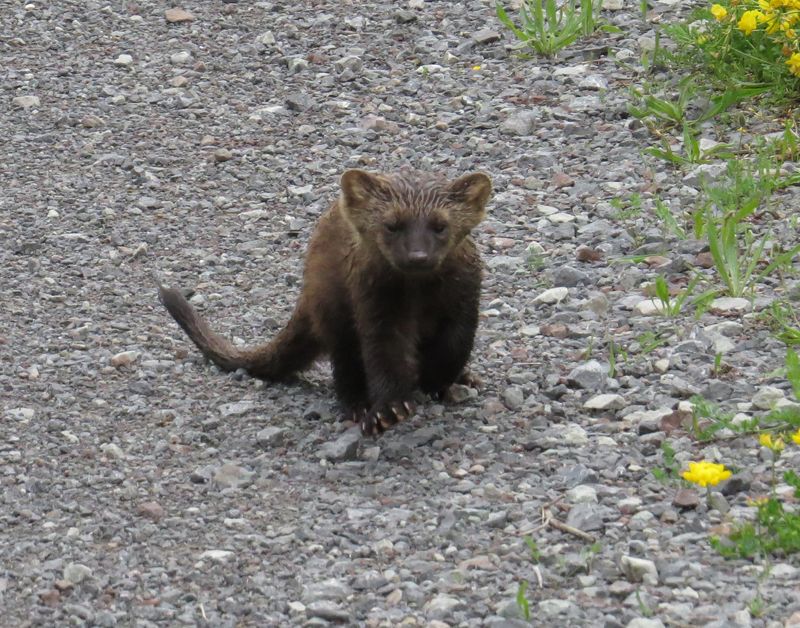
While fishers maintain healthy populations in northern forests, their status varies dramatically by region. They’ve never made the federal endangered species list, but several states consider them species of special concern.
Iowa’s Department of Natural Resources hadn’t even included fishers in recent wildlife management plans, assuming their return was unlikely. Now officials are scrambling to develop monitoring protocols and possible protections for this unexpected resident.
The good news? Fisher populations respond well to conservation efforts. In nearby Wisconsin and Michigan, careful management has allowed fisher numbers to rebound from near-extinction to sustainable levels within decades, offering a blueprint for Iowa to follow.
What This Sighting Means For Future Wildlife In Iowa
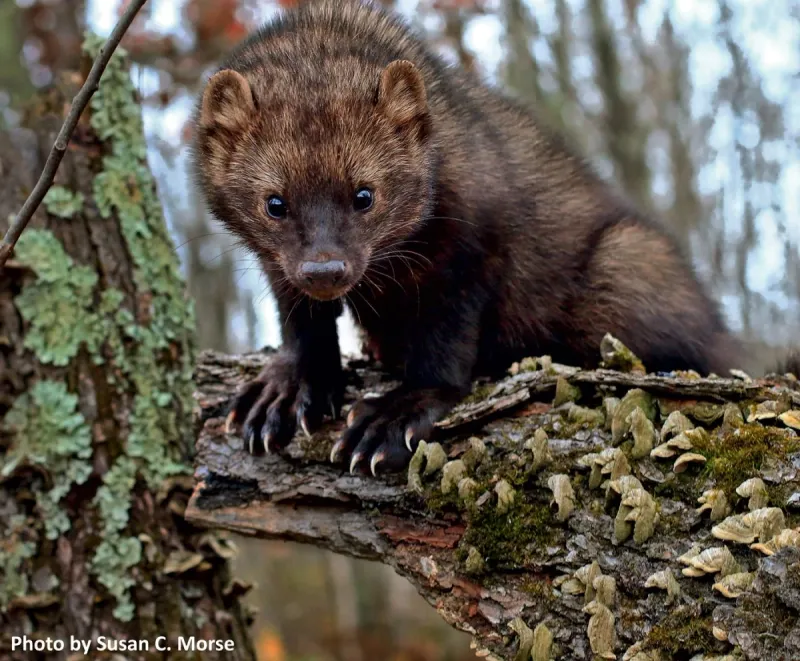
The fisher’s return may be just the beginning of a wildlife renaissance in Iowa. When top predators reestablish themselves, entire ecosystems often follow suit. Already, bobcats have expanded their range in the state, and there are occasional reports of mountain lions passing through.
Climate change complicates the picture, pushing some species northward while allowing others to expand. Fishers, with their adaptability, may actually benefit from slightly warmer winters in Iowa compared to their traditional northern range.
For Iowans, this represents a chance to reconnect with the state’s wild heritage. Future generations might grow up knowing fishers not as historical footnotes but as living parts of Iowa’s recovering natural landscape.

